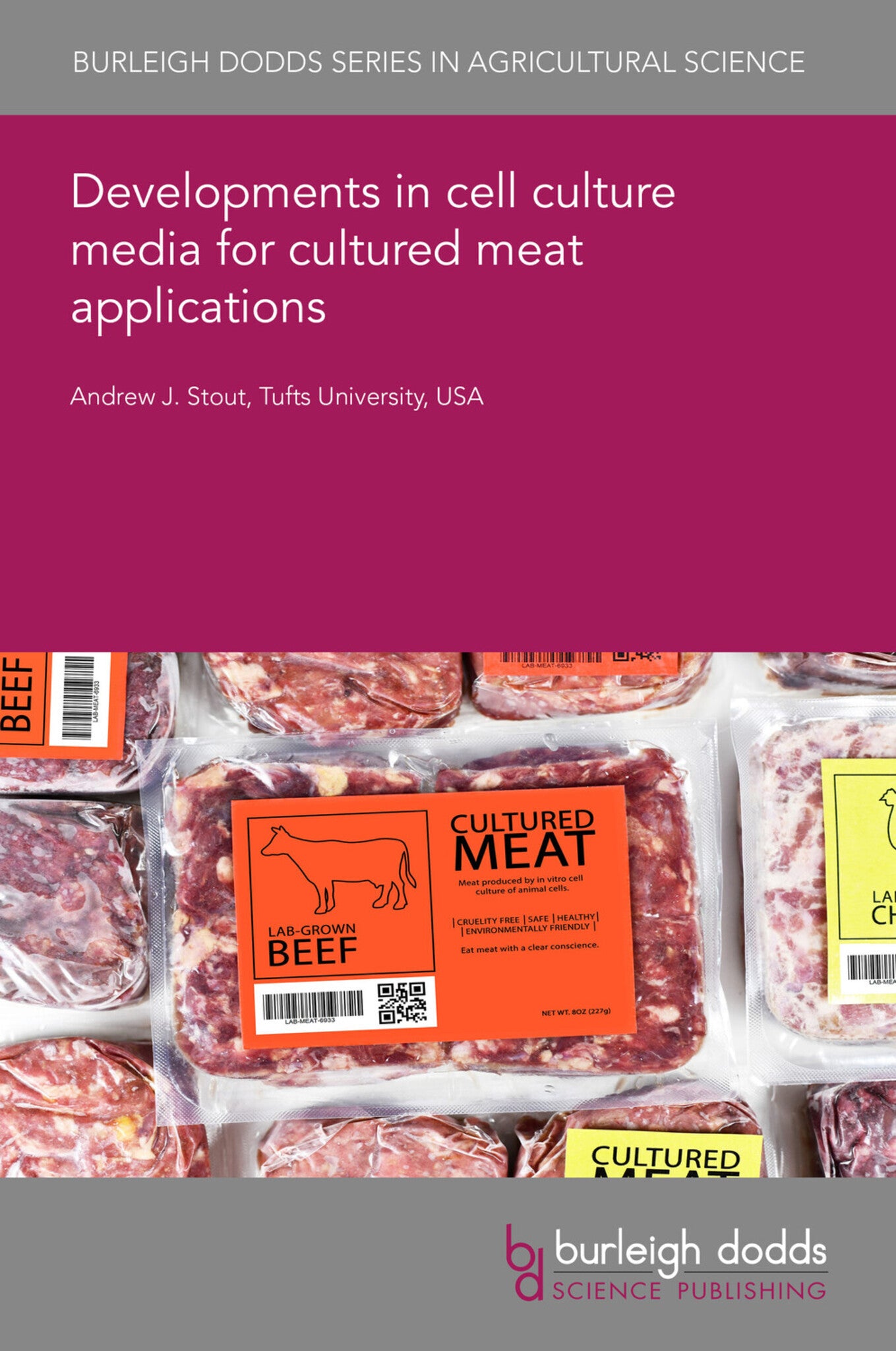We're sorry. An error has occurred
Please cancel or retry.
Developments in cell culture media for cultured meat applications

Some error occured while loading the Quick View. Please close the Quick View and try reloading the page.
Couldn't load pickup availability
- Format:
-
09 October 2023

Cell culture media is one of the key inputs for cultured meat production. It provides a physiologically favorable environment for cells, nutrients for cell consumption and utilization, and signaling molecules to instruct cell behavior. For all cell culture, media should be optimized towards specific cell types and desired phenotypic outcomes. For cultured meat, media must also be inexpensive, scalable, free of animal-derived components, and generate safe and edible tissues. This chapter presents the historical context for and recent updates in developing animal component-free media for muscle and fat cells—the predominant cell types in meat—in vitro. Specific media formulations are presented with explanation of some of their key components, and current challenges, opportunities, and research directions are discussed.

TECHNOLOGY & ENGINEERING / Food Science / Chemistry & Biotechnology, Food and beverage technology, TECHNOLOGY & ENGINEERING / Food Science / Food Safety & Security, Food security and supply, Food chemistry

- 1 Introduction
- 2 Serum-free media for muscle cells
- 3 Serum-free media for fat cells
- 4 Serum-free media for other potential cell types: induced pluripotent stem cells
- 5 Basal media
- 6 Reducing the cost and impact of serum-free media at scale
- 7 Media impact on cellular composition: safety and nutrition
- 8 Other considerations and future trends
- 9 Conclusion and designing new media
- 10 Where to look for further information
- 11 References



